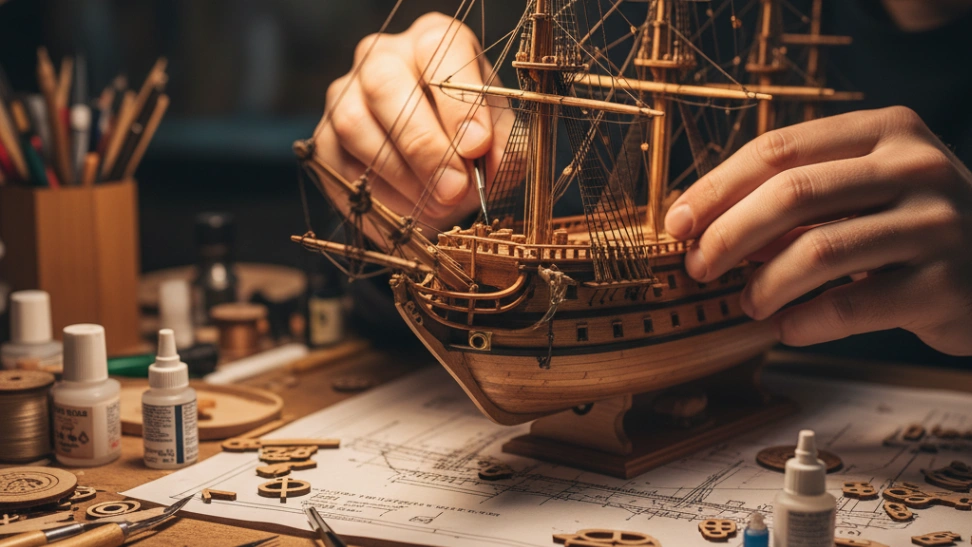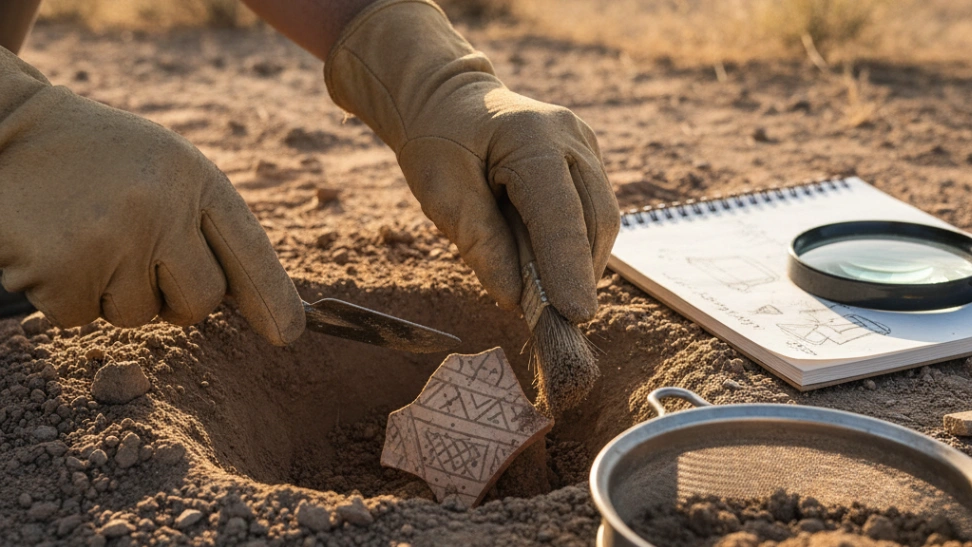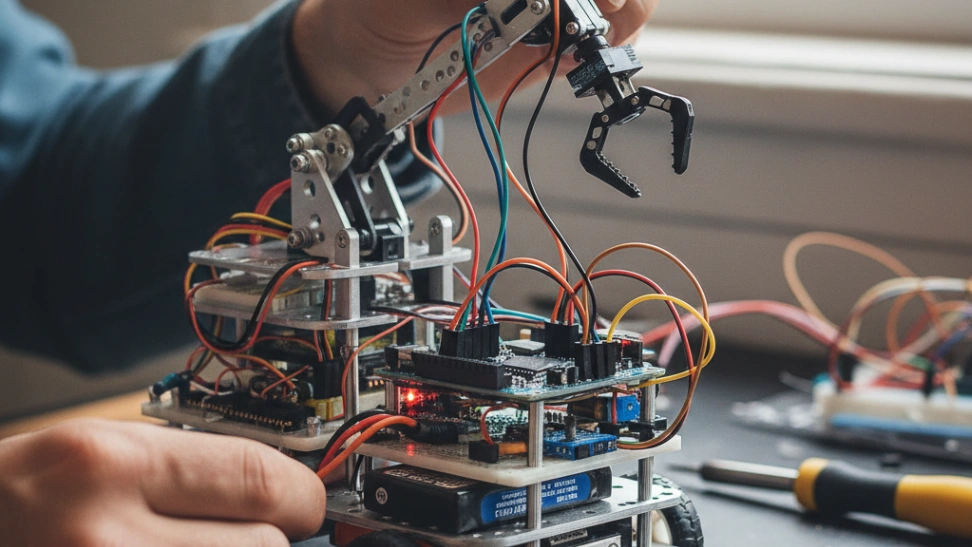The origins of model ship building are as ancient as shipbuilding itself. Early civilizations created miniature representations of their vessels, often for religious purposes, burial rituals, or as votive offerings. These early models, sometimes found in tombs, provide invaluable insights into ancient maritime technology. During the Age of Sail, naval architects constructed "dockyard models" to design and test new ship forms before full-scale construction. These highly detailed models served as three-dimensional blueprints, demonstrating construction techniques and allowing for critical evaluation. It was not until the 19th and 20th centuries, with the rise of widespread leisure time and the availability of affordable tools and kits, that model ship building transitioned from a purely functional or ceremonial craft into a popular recreational hobby. The advent of plastic injection molding after World War II further democratized the hobby, making intricate models accessible to a broader audience, though the traditional wooden scratch-built model still holds a revered place among purists. Today, the hobby encompasses a vast spectrum of approaches, from precise historical reproductions using traditional materials to imaginative fantasy vessels, all united by a passion for the sea and the art of miniature construction. The historical aspect remains central, with many modelers dedicating countless hours to researching their chosen vessel's exact specifications, color schemes, and rigging details to achieve the highest level of authenticity. This blend of historical detective work and artistic execution is what truly sets model ship building apart as a deeply enriching endeavor.
The process of model ship building typically begins with thorough research, particularly for historical models. This involves consulting plans, photographs, and historical documents to ensure accuracy. Modelers then choose their preferred construction method, which can range from assembling pre-fabricated plastic or wooden kits to "scratch-building" a model entirely from raw materials like wood, metal, and fabric. Scratch-building offers the ultimate creative freedom but demands advanced skills in carpentry, metalworking, and drafting. Wooden kits often involve cutting and shaping individual planks for the hull, while plastic kits usually feature injection-molded parts that require careful assembly, sanding, and painting. Rigging, the complex system of ropes and sails, is often considered one of the most challenging yet rewarding aspects, requiring extreme patience and fine motor skills. Painters meticulously apply coats of paint, weathering effects, and decals to bring the miniature vessel to life, aiming for realism and aesthetic appeal. The choice of materials significantly impacts the final look and feel of a model. Fine-grained woods like pear, boxwood, or cherry are favored for their workability and ability to hold intricate detail, while brass and copper are often used for decorative elements, cannon barrels, and fittings. Modern acrylic and enamel paints allow for a wide range of finishes, and various types of thread and fabric are employed for realistic rigging and sails. The evolution of tools and materials continually offers new possibilities, from laser-cut parts in wooden kits to advanced photo-etched metal details, making the hobby more accessible and enabling higher levels of detail than ever before.
Despite its often solitary nature, model ship building boasts a vibrant and supportive global community. Enthusiasts connect through online forums, local clubs, and international exhibitions, sharing techniques, offering advice, and showcasing their latest masterpieces. These communities are invaluable resources for beginners and experienced modelers alike, providing inspiration, troubleshooting tips, and access to a wealth of shared knowledge. The reward for dedicating countless hours to a single project is immense. Beyond the satisfaction of creating a beautiful object, modelers develop a profound understanding of naval architecture, history, and the intricacies of sailing vessels. The process itself is often described as meditative, a focused escape from daily stresses, where concentration on fine details brings a sense of calm and accomplishment. Completing a complex model, with its perfectly aligned planks, intricate rigging, and realistic weathering, is a testament to perseverance and skill. Many find joy in displaying their finished works, perhaps in a custom display case, where the miniature vessel can be admired for its artistry and the story it tells. For some, the hobby extends to collecting, where they acquire historical plans, rare tools, or even models crafted by others, further deepening their engagement with maritime heritage. The long-term nature of many projects also fosters a deep bond between the modeler and their creation, making each finished ship a personal triumph and a cherished possession.



